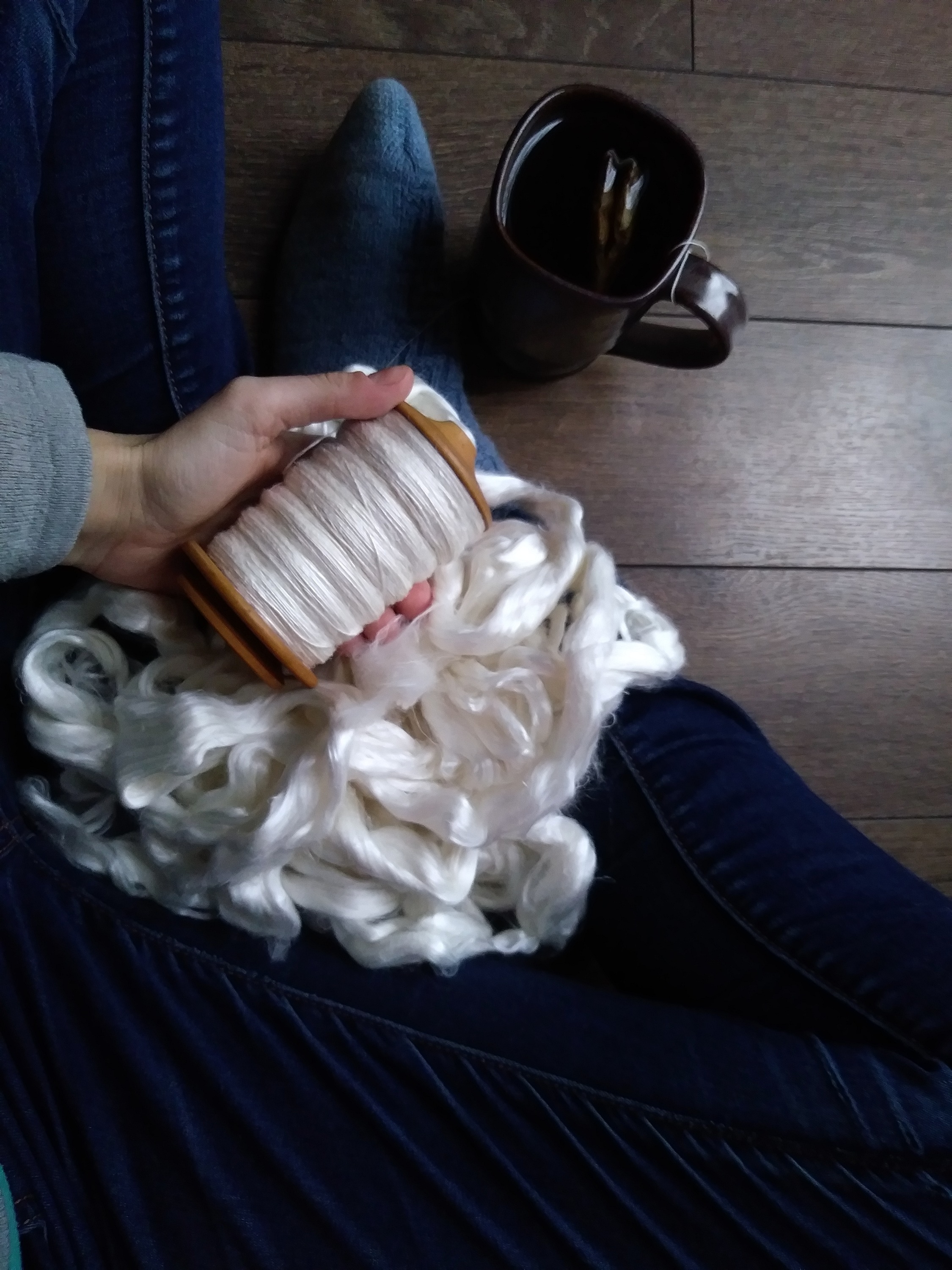Why a Consistent Style Gives Your Pattern a Professional Finish and How a Style Sheet Can Help
- Megan

- Apr 29, 2021
- 3 min read
Updated: May 13, 2021
For many people, it may be hard to define why a certain pattern or document feels unpolished or unfinished, while another just has a certain je ne sais quoi that makes you trust the content. While there are many elements that contribute to this sense of professionalism, such as graphic design or well written content, one such element is certainly the style, and specifically, if that style is consistent throughout.

[Image description: A photograph of the right shoulder and collar of a grey cabled sweater in bright sunlight. The light is highlighting all of the textured stitches in the knitting by casting tiny shadows. A small grey yarn cake is resting on top of the sweater, partially out of frame, and one metal knitting needle is lying in the centre of the shot, attached by a purple cable. The neck band has been picked up, and several rounds of rib have already been knit.]
What do I mean when I say style? In this instance, I am referring to the formatting and overall design of the document. For example, in a sock pattern, there will be a number of different sections (Cuff, Heel Turn, etc.). How are you going to handle the titles of each of these sections? Will they be bolded? Indented? Larger font? The specifics don't necessarily matter, as long as you are conveying in some way that you have started a new section of the pattern, AND you have been consistent in these choices throughout the document. You may already have a developed way of doing this in your previous patterns, and in fact, you may have created a type of document called a style sheet to help you track these choices. If you haven't, don't panic! You don't need to have a formal document in order to achieve a consistent style, but it is helpful for both you and your tech editor.
If you do want to develop your own style sheet, I have some tips. A quick search for the term "style guide" will bring up a huge number of style guides created by others that you can browse for inspiration. You can also look through other patterns that you already own, and get some ideas for how other designers have chosen to format their patterns. Some specific questions you may want to consider are:
How will you begin a new section in your pattern?
How do you want your stitch definition section to look? This is also sometimes called stitch abbreviations, stitches used, etc.
Will you be inserting images? How many, and where? How will they interact with the text?
Will you insert a schematic or other diagrams? How will you be labelling these?
For line by line instructions, will you label them by number only? By saying Row 1/Round 1? Will you indent each of these lines, or no? Will you use colons, and end the lines of instruction with a period?
Will you format your document in columns? How many?
What font(s) will you use?
Will you use different font sizes? Which ones, and where?
If you are inserting hints or tips, will they be italicized? A different font size?
If this all feels a bit overwhelming, remember, your tech editor can help you to make these decisions. Once you have worked with a tech editor on one pattern, they will have an idea of how you like to do things even without a formal style sheet, and that will save time on future patterns. However, spending some time considering these questions (and others that may be relevant to the specific type of item you have designed) will ultimately save you time and money when it comes to the editing process.



Comments